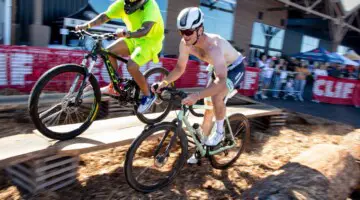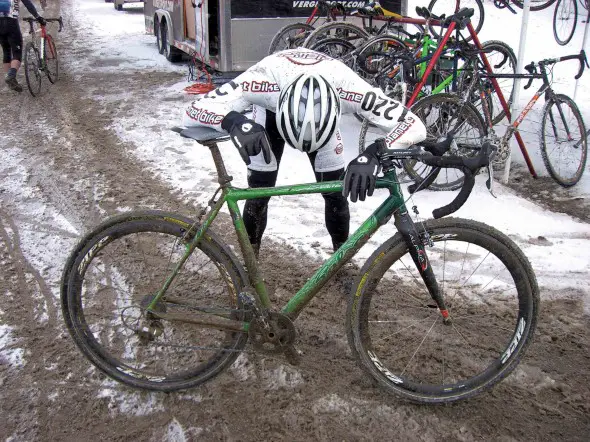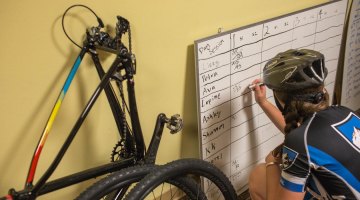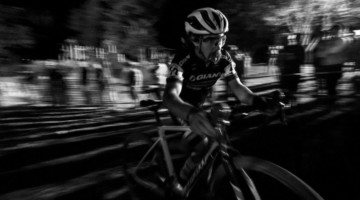In the spirit of holiday giving, we wanted to offer our readers a sneak peek at what’s between the pages of our latest issue of Cyclocross Magazine, Issue 19. With Nationals and Worlds just around the corner, this article couldn’t come at a better time: it focuses on how to recover properly so you’re on top of your game for any race. Hint: rest is nearly more important than the training itself! And if you’re interested in training, don’t stop there: check out our online Training section.
by Ian McMahan
You can’t get the mud stains out of your racing kit, your ’cross bike rattles when you shift and your legs feel like cement blocks. That’s right; ’cross season is nearly over. Just a few races are left on the calendar, but they’re probably the ones that count: Your A goals. So if you’re finding yourself looking forward to the post-race beer and sausage more than mixing it up on the race course, it’s time for a reboot. Luckily, you’ve come to the right place. We’ll tell you how to stay fresh and finish strong with the Six Golden Rules of Recovery. That’s right; you won’t see the Six Lung-Searing Workouts because at this point in the season recovery will play a bigger role than training.
Golden Rule #1: Racer, Heal Thyself – Recover
Intense training is a Catch-22. It’s an efficient method of inducing training adaptations, but also creates high levels of fatigue. You get stronger from riding hard, but also really tired. That’s obvious, but problematic because motivated athletes focus on suffering through hard workouts and races. It’s not easy – mentally, at least – to take a day off. But riding hard 24/7 is a big mistake. Skimping on recovery makes your next workout harder to finish at the required level of intensity. Plus, it makes overtraining and injury more likely. It’s time to see things differently: View rest as the foundation for the higher intensity work you need to improve.
What’s more, every athlete has a unique tolerance to exercise. You can’t generalize recovery. Instead, you need to self-monitor for the signs of fatigue with daily self-evaluation. Those who want to get precise can use tools such as Restwise, an online monitoring tool for athletes. This enables you to stay in front of fatigue and makes it easier to make necessary changes before exhaustion forces extended time off.
Like what you read so far? To see the other five tips from Ian in Issue 19 of our print mag, make sure you’re subscribed to Cyclocross Magazine (subscribe digitally to receive Issue 19, or order it in the archive section of our subscription page).
Check our Issue 19 page for the full Table of Contents to see what else is in store, and stay tuned for more sneak peeks!





























